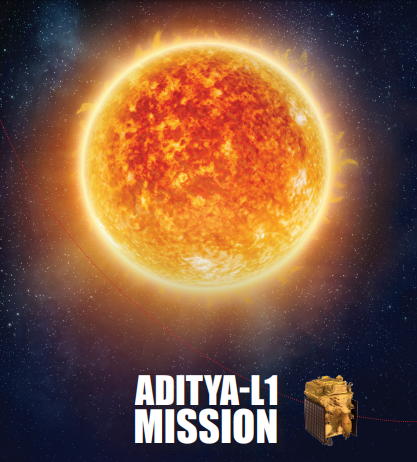
ISRO is all set to go to the sun after great launch of Chandrayaan-3. How will this mission help us and what will be the outcomes? Let’s find out.
–What is Aditya L-1 mission?
A mission to study the sun by going close to the sun.
–What is this L-1 then?
Here from this picture, we know that earth revolves around the sun in elliptical path. L-1 point , is the point where if a object is placed there, nor earth’s gravitational force can pull a object towards earth, not even sun’s strong gravitational field can pull the object towards the sun. basically its the point where our object can smoothly revolve around sun in a closer and safer path. it is 1.5 million km from earth. Also we can study sun without getting interrupted by solar eclipses.
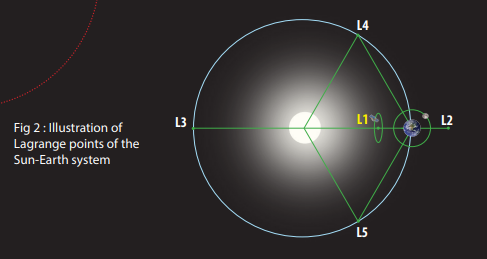
India’s first mission to sun is scheduled in Month of September 2nd 2023. Our satellite will study the sun from a closer point and send back data on the earth.
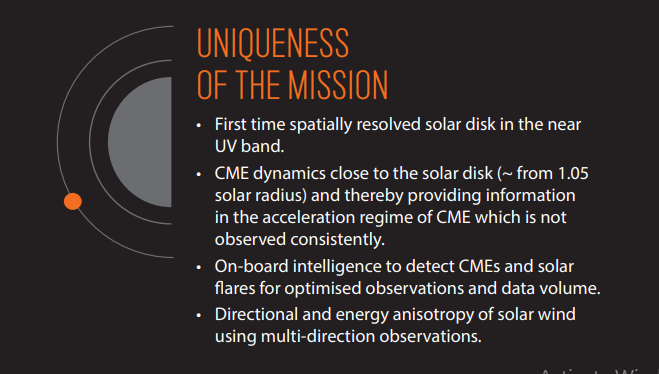
–Why study Sun?
Sun is the closet star to us in the entire galaxy, and studying the sun will help us understand about the distant stars and their origin in the milky way.
Our sun is very huge, it throws out colossal amount of energy every moment. this energy can make destruction on the earth for example: A large solar flare, which can cause black out on earth and some serious harm to human beings.
Many satellites around the earth also get disturbed due to such solar flares. and hence communication can be disrupted. satellites carrying expensive components such as infrared cameras, solar panels can get damaged.
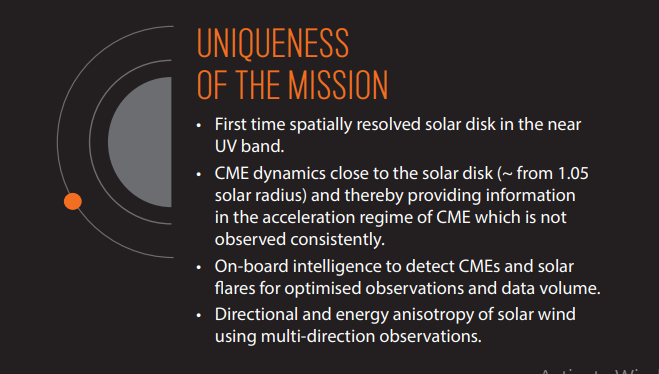
–Let’s understand our satellite.
Aditya is a Sanskrit name which means the sun. Aditya will be carrying 7 payloads. instruments that will analyse the sun’s surface and 3 in-situ experimental instruments. this mission will be performed totally in space away from earth’s magnetic field. Don’t miss amazing images of Aditya-L1.
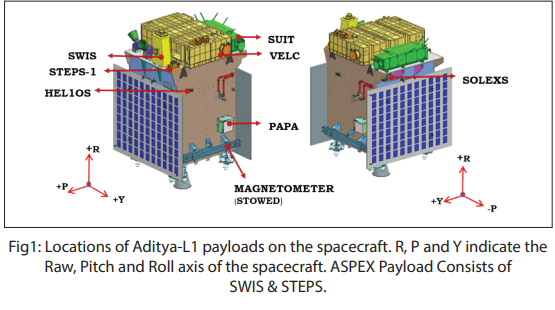
Making satellite stay at Lagrange’s point (L-1) will save our fuel consumption. and Hence we can add more scientific instruments on the satellite.
–Sending Aditya to the sun.
L-1 point lies between sun and earth’s line. The distance of L1 from Earth is approximately 1% of the Earth-Sun distance. Initially the
spacecraft will be placed in a low earth orbit. Subsequently, the orbit will
be made more elliptical and later the spacecraft will be launched towards
the Lagrange point L1 by using on-board propulsion. just here in the image

The total travel time from launch to L1 would take about four months for Aditya-L1.
–Is this the only mission to Sun?
Obviously, No. Aditya L-1 Mission has very limited volume to carry onboard and further mission will carry other instruments to reveal the mysteries of the sun.
Fingers crossed, Lets hope for another safe Mission of ISRO and keep cheering !!!
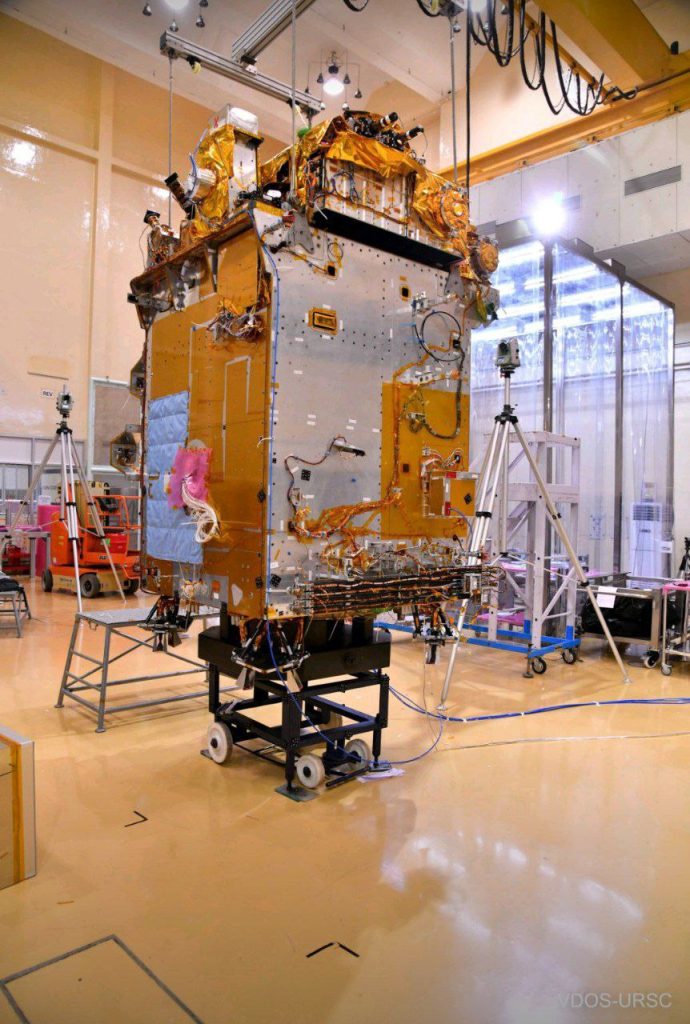
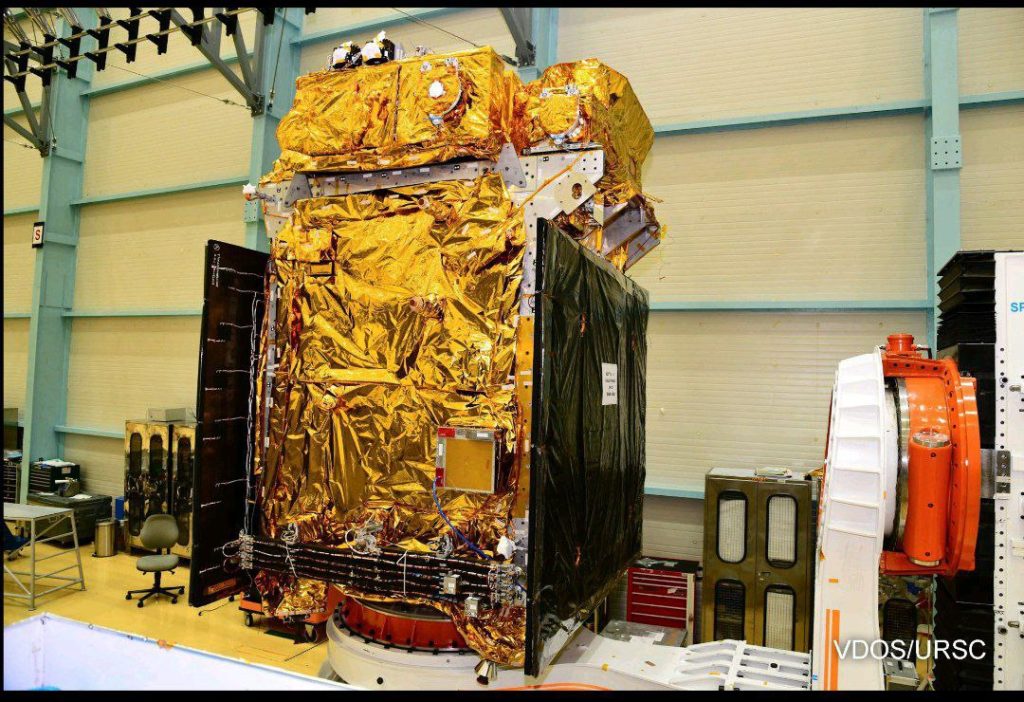
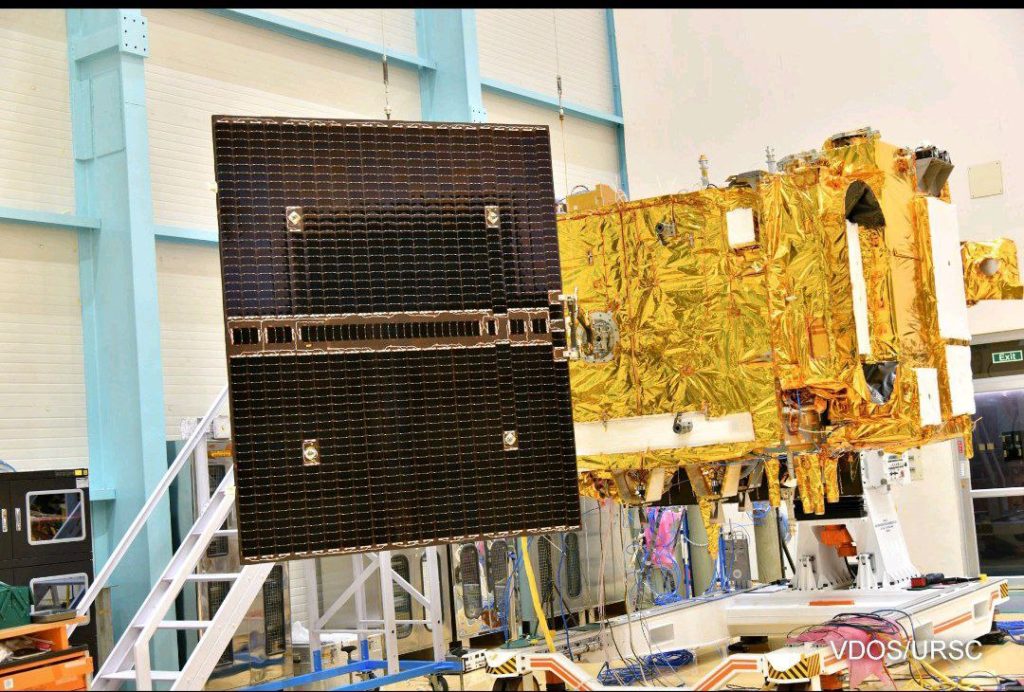
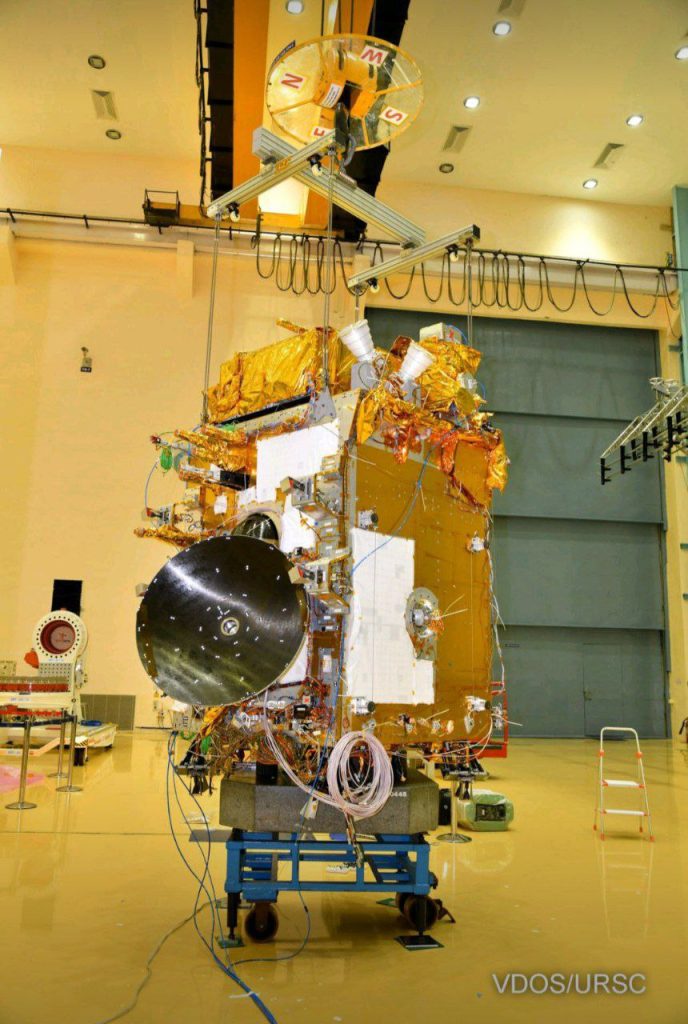
image credit: ISRO

9 responses to “Aditya L-1 Mission ISRO”
So Informative , Very Well Written
Awesome blog with sorted information ✨✨✒️✒️
Hey gauri ..What is your opinion about upcoming chandrayan missions pls lemme know 😊
“This is so well-researched and allthorough. Keep it up dear .”
Great information.💯
Hats off champion🙌❤️
Well, talking about chandrayaan -3 It will land successfully on 24th this month. Bcs even if anything goes wrong manually, we have automated hazard detection system installed over the lander that will make landing safe..!! Best wishes atlast! Jai hind!
Amazing work!❤️
Amazing research & great information…keep it up champ❤️✨
Amazing research & great information…keep it up champ❤️✨